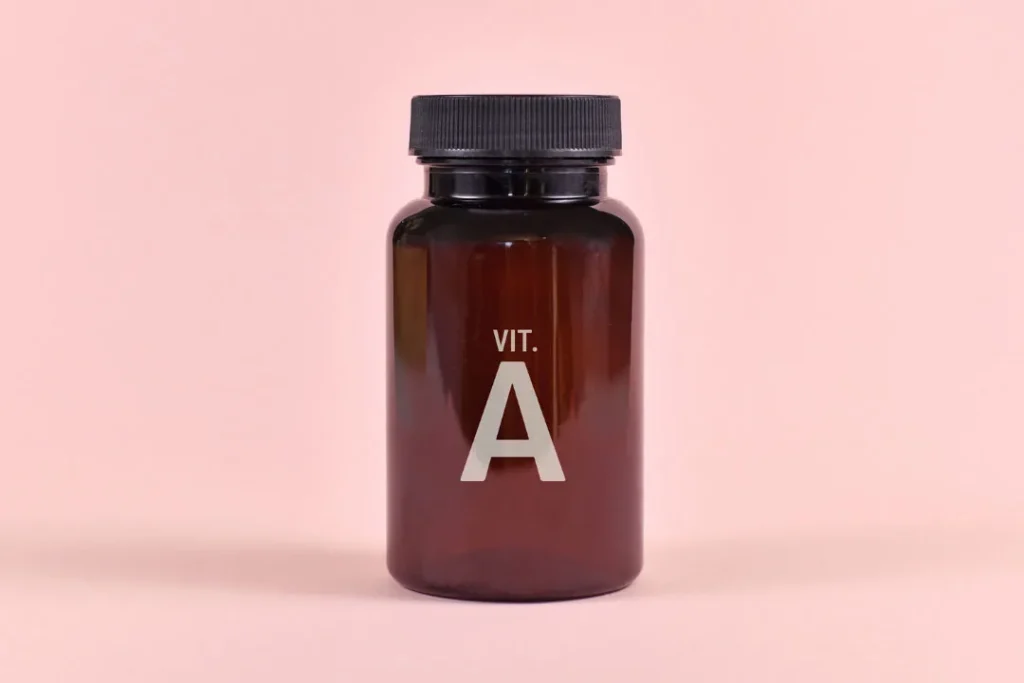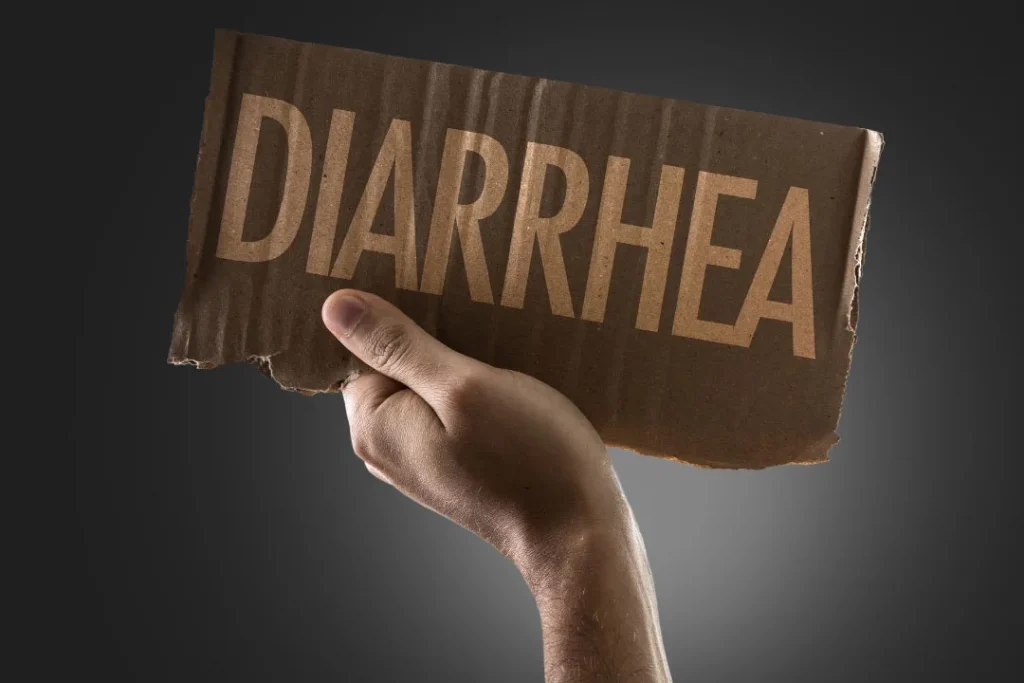Lepidium sativum, sometimes known as Garden Cress, is an herbaceous plant. Garden Cress is well-known across the world for its wide range of therapeutic uses and rich nutritional makeup. Garden Cress has historically been used extensively in a variety of cuisines and for medicinal purposes, from supplying important nutrients to curing a number of diseases. This article seeks to provide readers a thorough overview of Garden Cress, including its characteristics, health advantages, recommended dose, possible side effects, and drug interactions. Please use this as a guide in your exploration of Garden Cress.
You May Also Like:
5 Great Nootropic Herbs for Focus and Mental Clarity
5 Great Nootropic Herbs for Energy, Focus, and Productivity
Garden Cress: Benefits, Dosage, Side Effects, Drug Interactions, and Other Important Information is an original (NootropicsPlanet) article.
Nature of Garden Cress
An annual herbaceous plant of the Brassicaceae family, Garden Cress is nutritionally rich and grows quickly. The first people to grow it were located in the Middle East and Southwest Asia, but Garden Cress is now widely planted all over the world. The plant normally reaches a height of 20 to 30 cm and is distinguished by its tiny, oval-shaped seeds coupled with white to pinkish blooms.
Its cultivation is rather simple: all Garden Cress needs to grow and thrive is a temperate environment and wet soil. Every part of the plant, including the leaves, stems, and seeds, is edible and has a somewhat spicy flavor. The plant is a significant addition to many diets due to its high nutritional value and many culinary applications.
Health Benefits of Garden Cress
Garden Cress is a nutritional powerhouse, rich in important fatty acids, dietary fiber, critical vitamins (especially A, C, and K), minerals like iron and calcium, and other nutrients. Numerous health advantages have been associated with these nutrients and therefore this plant.
Ascorbic acid and flavonoids, which make up the majority of the plant’s high antioxidant content, have strong free-radical scavenging properties. By lowering oxidative stress, Garden Cress’ antioxidant activity helps prevent a number of chronic illnesses like cancer, diabetes, and cardiovascular disease.
Garden Cress’ high iron concentration is also advantageous for treating anemia due to iron deficiency. Because of the plant’s high calcium content, it also helps to maintain bone health, while the dietary fiber helps to encourage satiety and a healthy digestive system.
Alpha-linolenic acid, an important omega-3 fatty acid renowned for its crucial role in sustaining brain function, is specifically present in Garden Cress as well.

Chemistry of Garden Cress
Bioactive chemicals are abundant in Garden Cress. These chemicals comprise a wide range of antioxidants, including ascorbic acid and flavonoids, which are essential to its robust free radical-scavenging abilities. The seeds of Garden Cress have high levels of glucosinolates, which are sulfur-containing chemicals found in plants of the Brassicaceae family. To create isothiocyanates, a family of chemicals with well-known anti-inflammatory and anticancer effects, these glucosinolates must first undergo enzymatic hydrolysis.
Alpha-linolenic acid, an omega-3 fatty acid, and other polyunsaturated fatty acids are also found in Garden Cress. Garden Cress has a wide range of health advantages and therapeutic potential due to the special mix of these phytochemicals and minerals.
Physiological Mechanisms of Action
The health benefits of Garden Cress are derived primarily from its rich concentration of bioactive compounds and their respective physiological actions.
Antioxidant Properties: Garden Cress scavenges free radicals, antioxidants, and particularly ascorbic acid and flavonoids, which lessen oxidative stress. These free radicals have the potential to oxidatively damage DNA and cells, which can lead to the emergence of chronic illnesses including cancer, heart disease, and neurological disorders. The antioxidants in Garden Cress shield the body’s cells from harmful free radicals, preserving their healthy function.
Reducing Inflammation: Garden Cress contains are glucosinolates, which produce isothiocyanates and have potent anti-inflammatory properties. These substances prevent nuclear factor-kappa B (NF-kB), a protein complex that is essential for controlling the immune system’s reaction to inflammation, from being activated. Isothiocyanates have the ability to lessen systemic inflammation and the risk of illnesses linked to inflammation by decreasing NF-kB.
Mineral Absorption: The iron and calcium included in Garden Cress help with red blood cell synthesis and bone health maintenance, respectively. Because ascorbic acid increases their bioavailability, these minerals are efficiently absorbed in the body.
Fatty acids omega-3: Garden Cress contains an omega-3 fatty acid called alpha-linolenic acid, which the body transforms into eicosapentaenoic acid (EPA) and docosahexaenoic acid (DHA). These substances have a variety of physiological functions, such as lowering inflammation, protecting against heart disease, and preserving brain health.
Together, these processes highlight the pharmacological and nutritional benefits of Garden Cress, reiterating its function as a strong food supplement.

Optimal Dosage of Garden Cress
Although there are no specific dose recommendations for Garden Cress, it is often eaten as part of a healthy diet. Salads, sandwiches, and soups may all be great examples of meals and foods to add Garden Cress to make them more nutrient-dense.
Side Effects of Garden Cress
Despite the fact that Garden Cress has several health advantages, excessive use might have some negative consequences. When ingested in excessive quantities, its high fiber content may induce digestive problems including diarrhea and stomach cramps. Additionally, Garden Cress includes goitrogenic compounds that might hinder the generation and absorption of thyroid hormones. Garden Cress should only be consumed occasionally by people with thyroid conditions.

Potential Substance Interactions
There might be drug interactions with Garden Cress. Its high vitamin K level has the potential to interact with warfarin and other anticoagulant medications, decreasing their effectiveness. The glucosinolates in the plant can affect the cytochrome P450 enzymes, which are important for drug metabolism and may change the pharmacokinetics of some medications. As a result, you are advised that if on long-term medicine, talk to a doctor before introducing Garden Cress to your diet.
Best Responsible Use
Garden Cress is an excellent complement to any diet for anybody who is concerned about their health because of its rich nutritional profile and possible advantages. Given probable negative effects and potential drug interactions, its usage should be limited. A thorough set of standards for Garden Cress’ ideal use should be established, and further study is necessary to uncover all of its potential health advantages.

Garden Cress:
Conclusion
In several parts of the world, Garden Cress has been a staple item in cuisine and diet. For people in other parts of world, Garden Cress is a new discovery, one which is delicious, nutritious, and medicinal. Garden Cress is a unique plant and supplement for a few key reasons. The plant does not need highly specific conditions in which to grow. Many parts of the plant are valuable for consumption.
The spectrum of chemicals and substances present in the plant has a clear impact on an array of health conditions. This is a supplement that can be taken in various forms, including simply adding it to your meal raw. Investigate carefully as you decide whether Garden Cress is something you’d like to try and benefit from.
References:
- “Evidence of Health-Promoting Properties of Lepidium sativum L.: An Updated Comprehensive Review.” Retrieved From: https://pubmed.ncbi.nlm.nih.gov/36544402/
- “Garden Cress.” Retrieved from: https://www.sciencedirect.com/topics/agricultural-and-biological-sciences/garden-cress
- “Development of Health Drink Enriched with Processed Garden-cress (Lepidium sativum L.) Seeds.” Retrieved from: https://www.researchgate.net/publication/269645181_Development_of_Health_Drink_Enriched_with_Processed_Garden-cress_Lepidium_sativum_L_Seeds
Important Note: The information contained in this article is for general informational purposes only, and should not be construed as health or medical advice, nor is it intended to diagnose, prevent, treat, or cure any disease or health condition. Before embarking on any diet, fitness regimen, or program of nutritional supplementation, it is advisable to consult your healthcare professional in order to determine its safety and probable efficacy in terms of your individual state of health.
Regarding Nutritional Supplements Or Other Non-Prescription Health Products: If any nutritional supplements or other non-prescription health products are mentioned in the foregoing article, any claims or statements made about them have not been evaluated by the U.S. Food and Drug Administration, and such nutritional supplements or other health products are not intended to diagnose, treat, cure, or prevent any disease.


